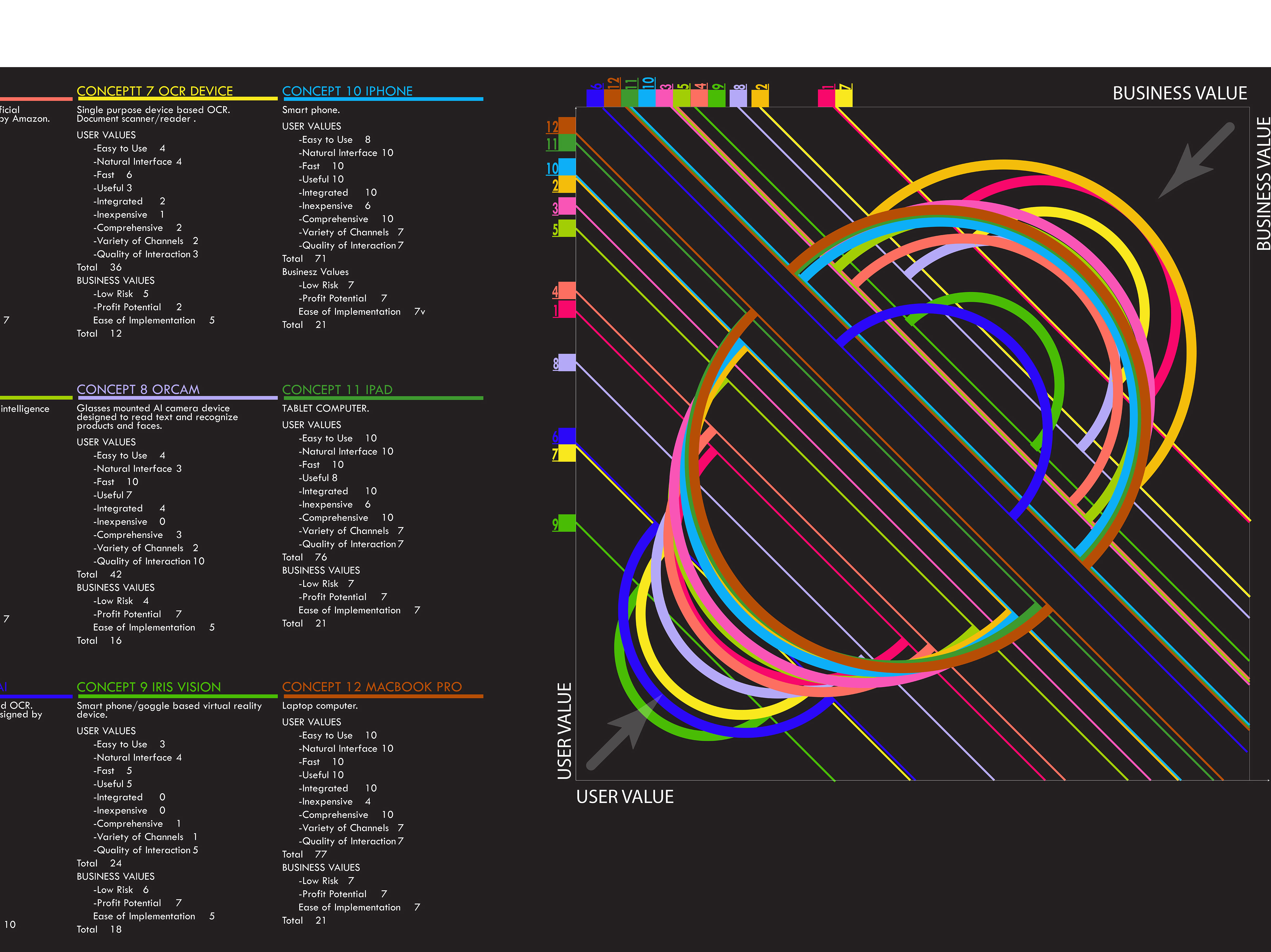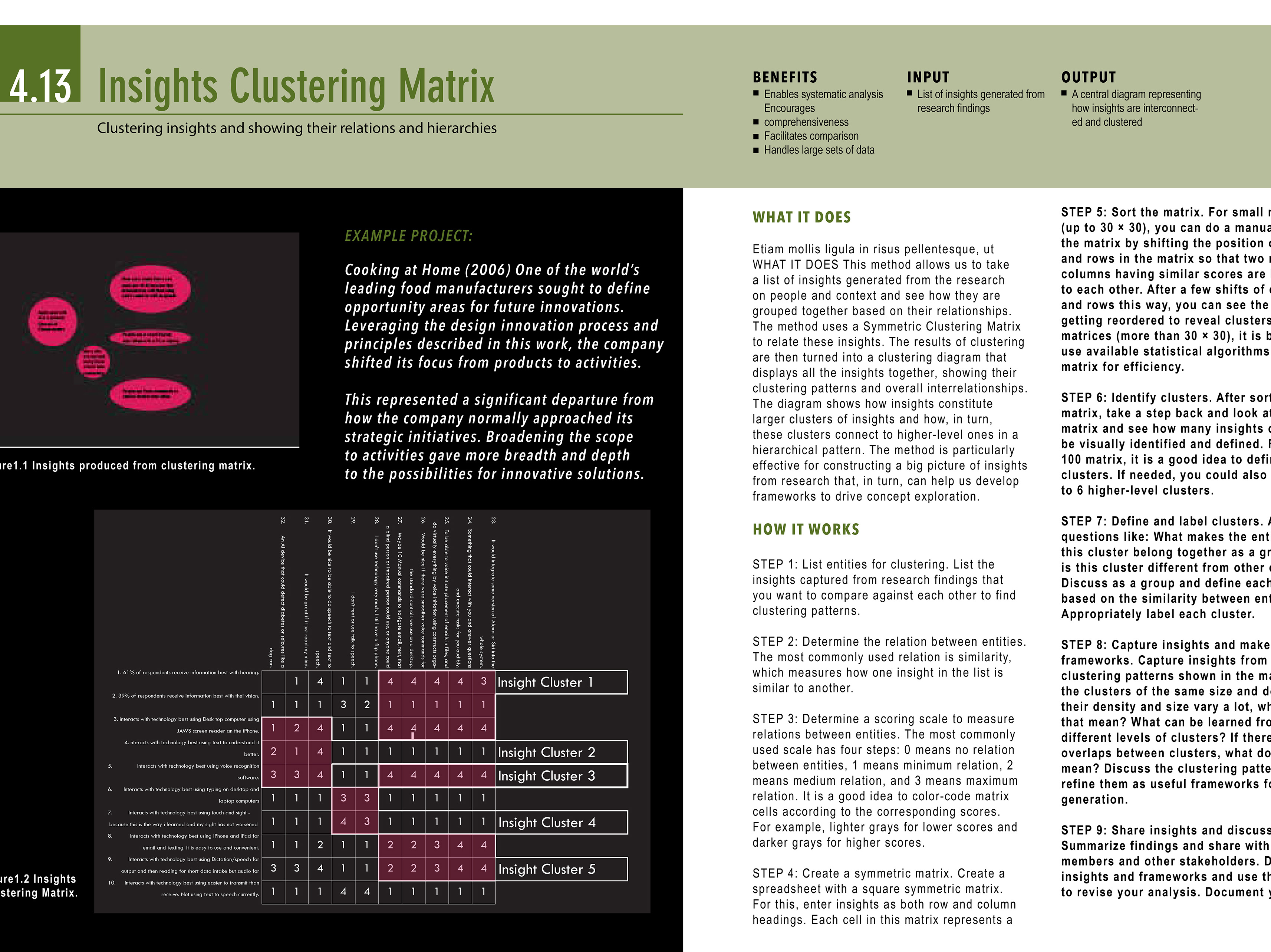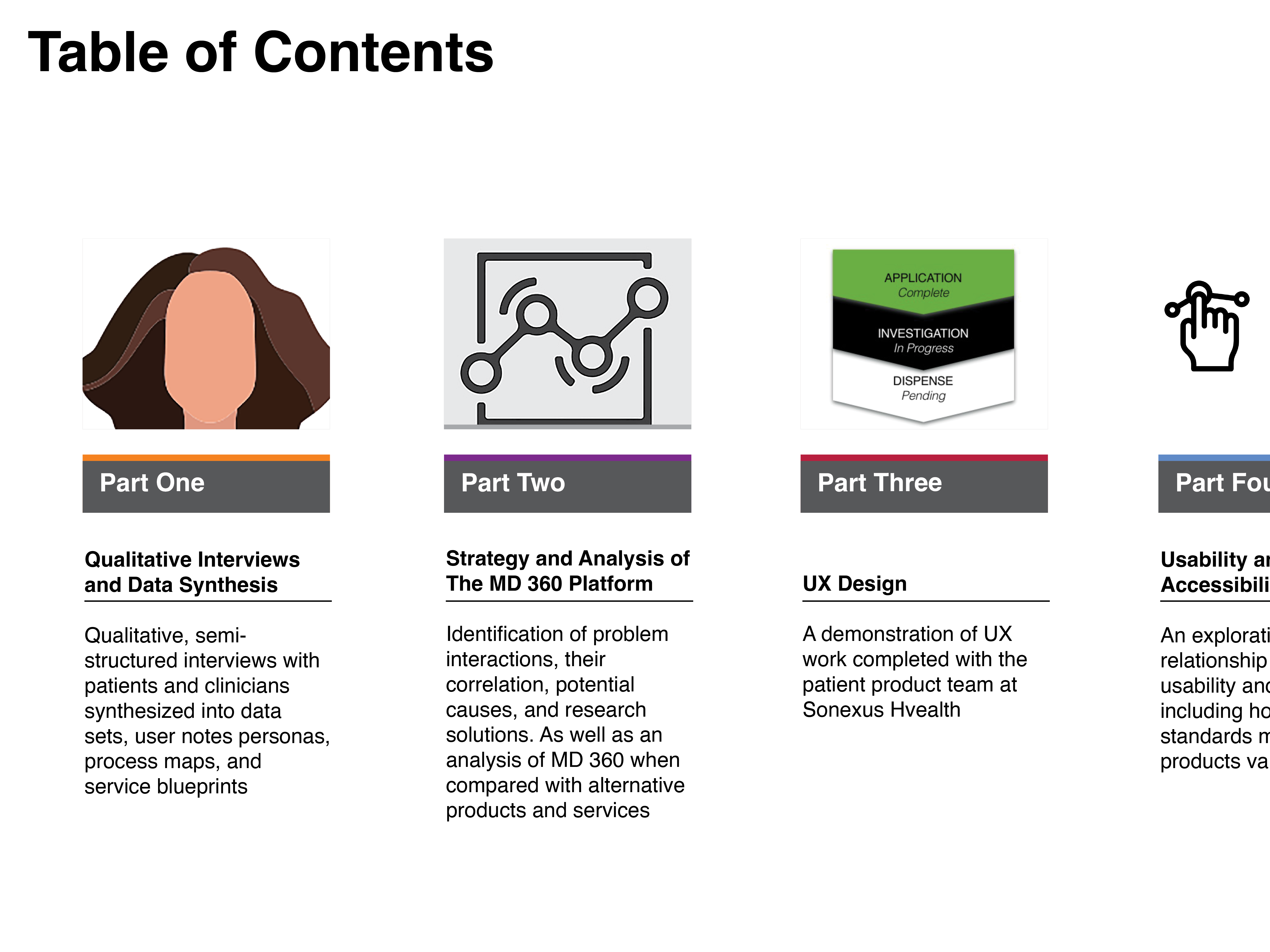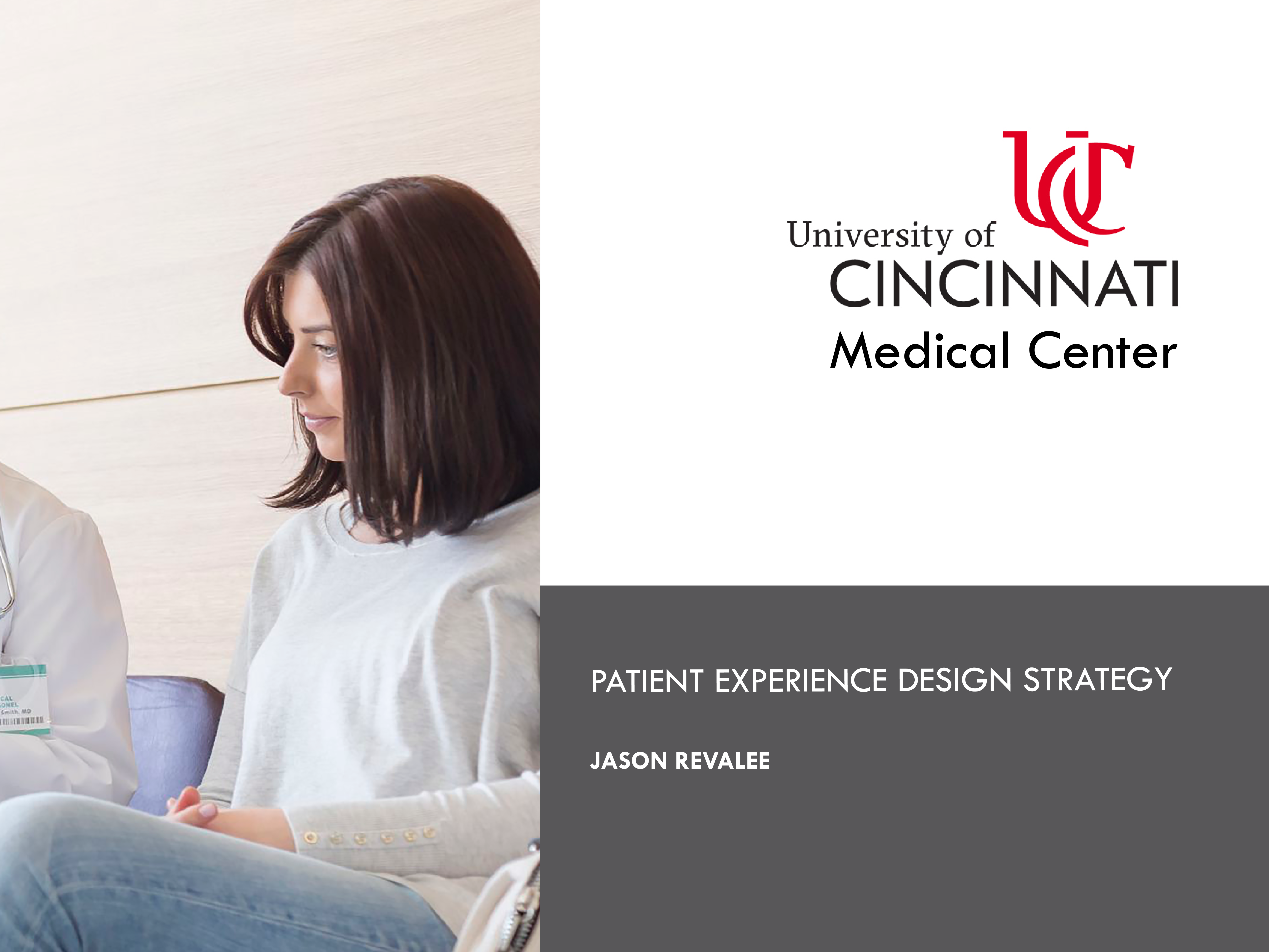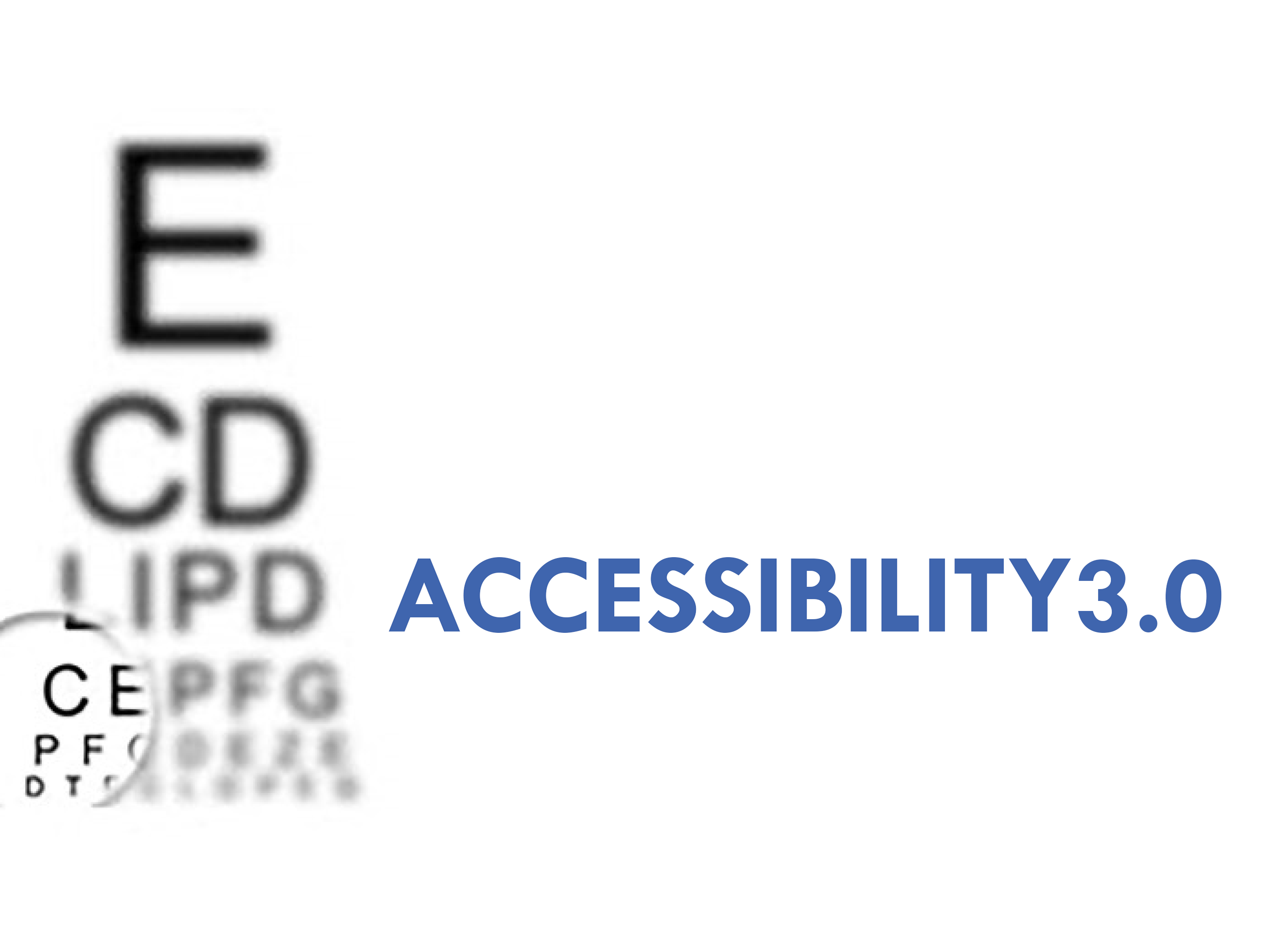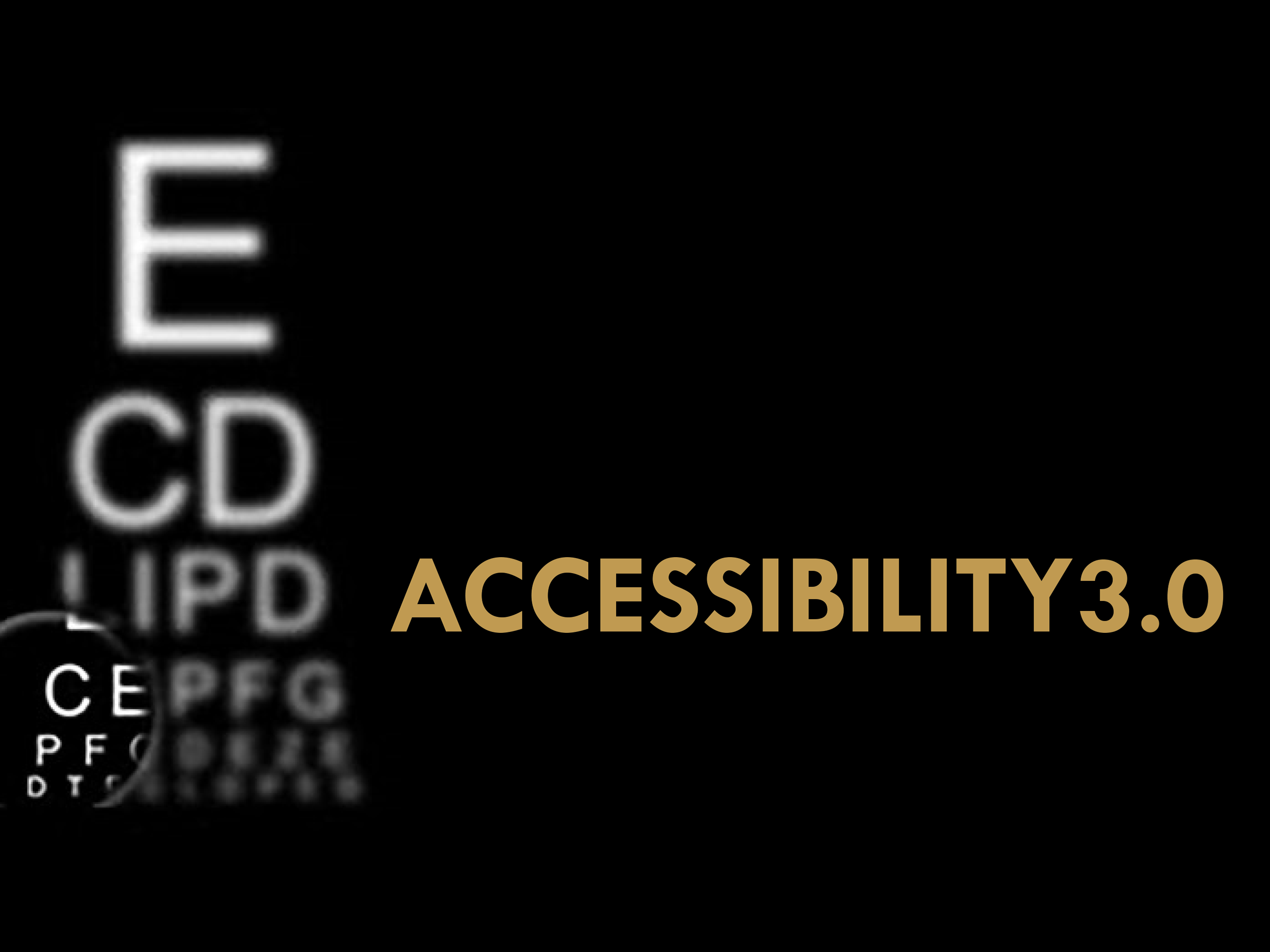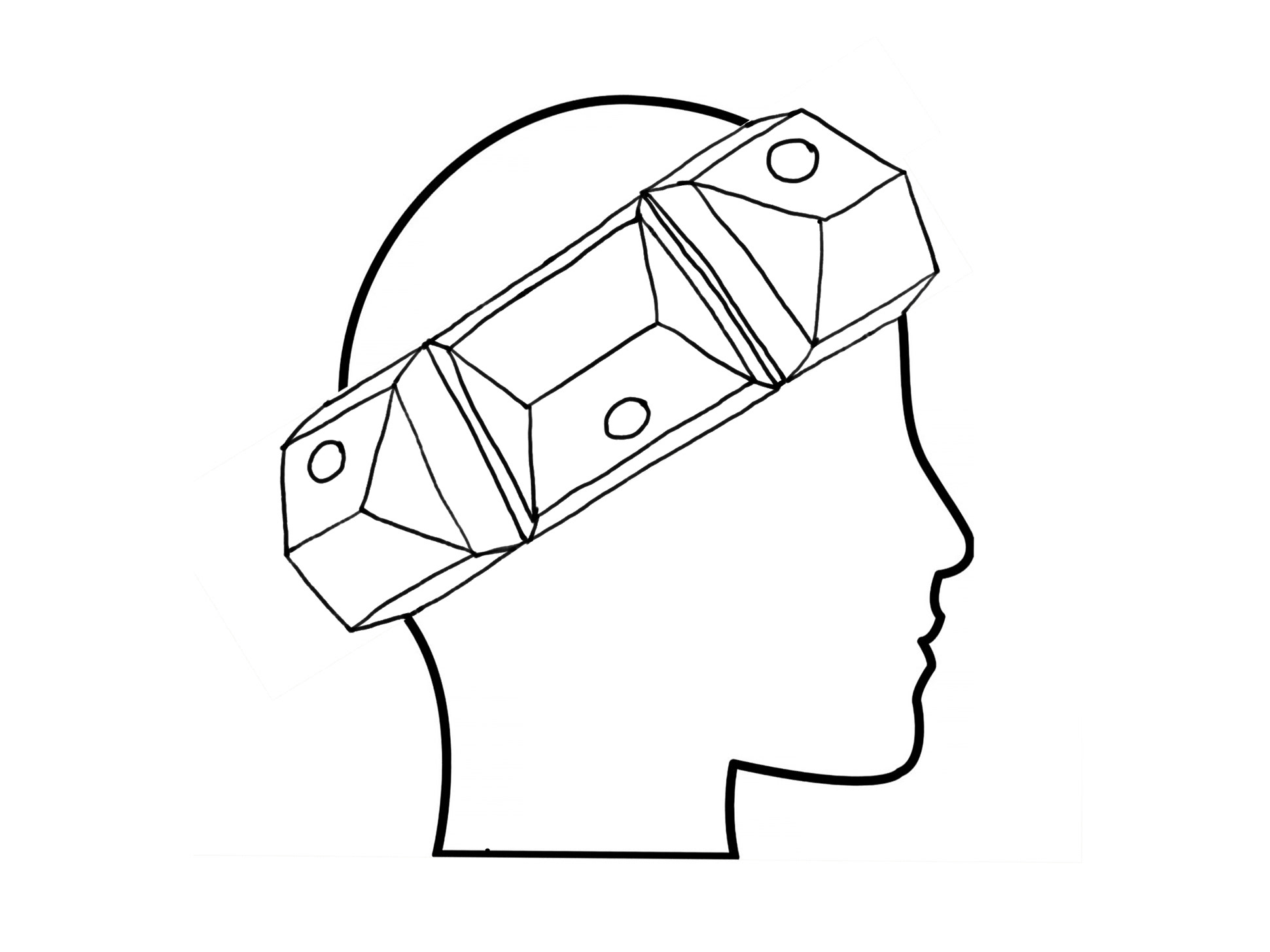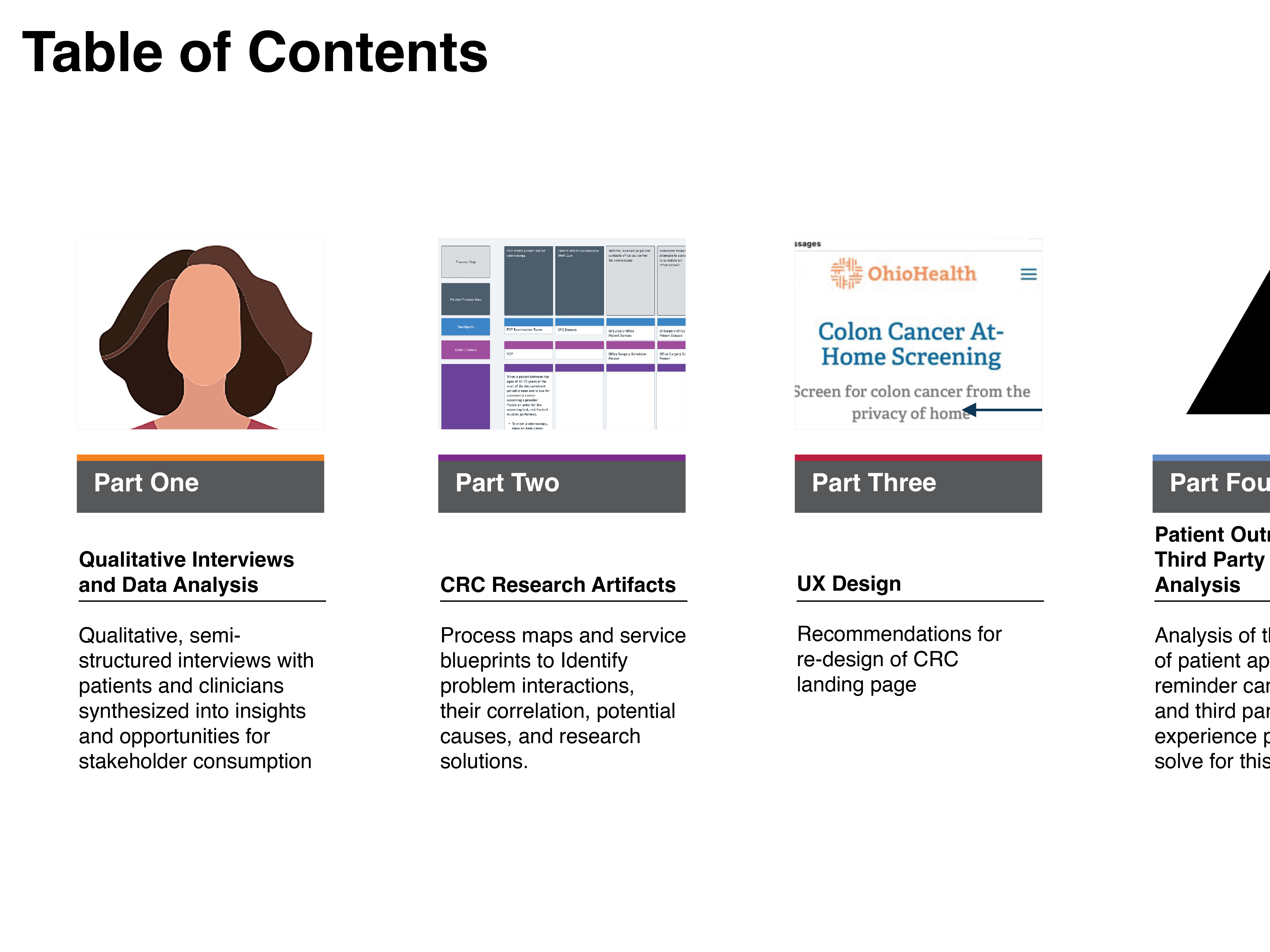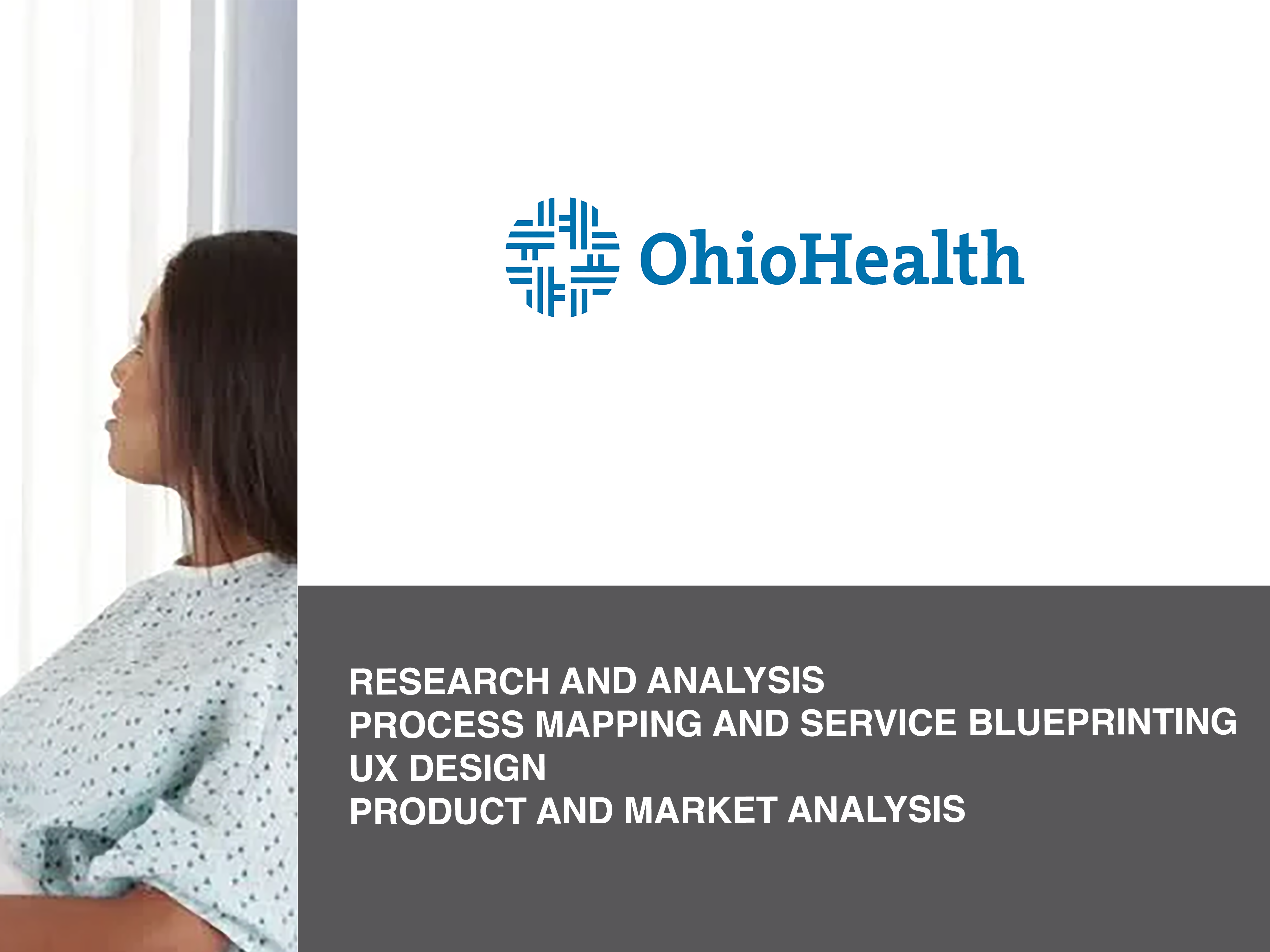To begin this project we spent an entire day at Cincinnati Children’s Hospital, interviewing the team. COLUMN 1: We discovered the current workflow and identified how all of the users interact currently. COLUMN 2: We analyzed the current interface with each user group, identifying areas for improvement.
Secondly we compiled all of the information that we collected. COLUMN 3: We demonstrated how the users fit together and created a theoretical workflow. COLUMN 4: We continued creating a workflow for each user group, melding the tasks they perform.
Working through each group of stakeholders we created a workflow and associated interface. COLUMN 5: We describe the current complications information workflow and how we propose to change it. COLUMN 6: We eliminated duplicate entries, making it easy for the person reporting a complication to enter supporting data.
Working through each group of stakeholders we created a workflow and associated interface. COLUMN 7: We made it easier for surgeons to review and take action on complications entered. COLUMN 8: Freeing up data managers to concentrate on the data collected to patient outcomes.
